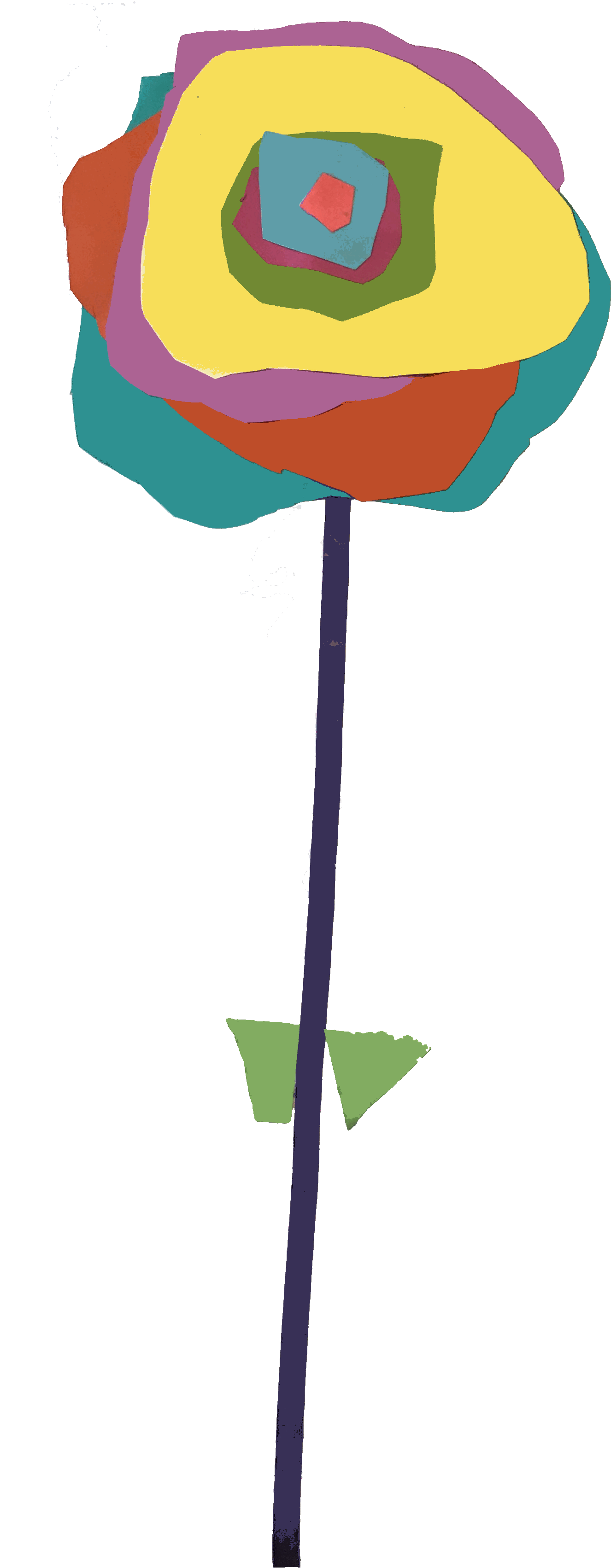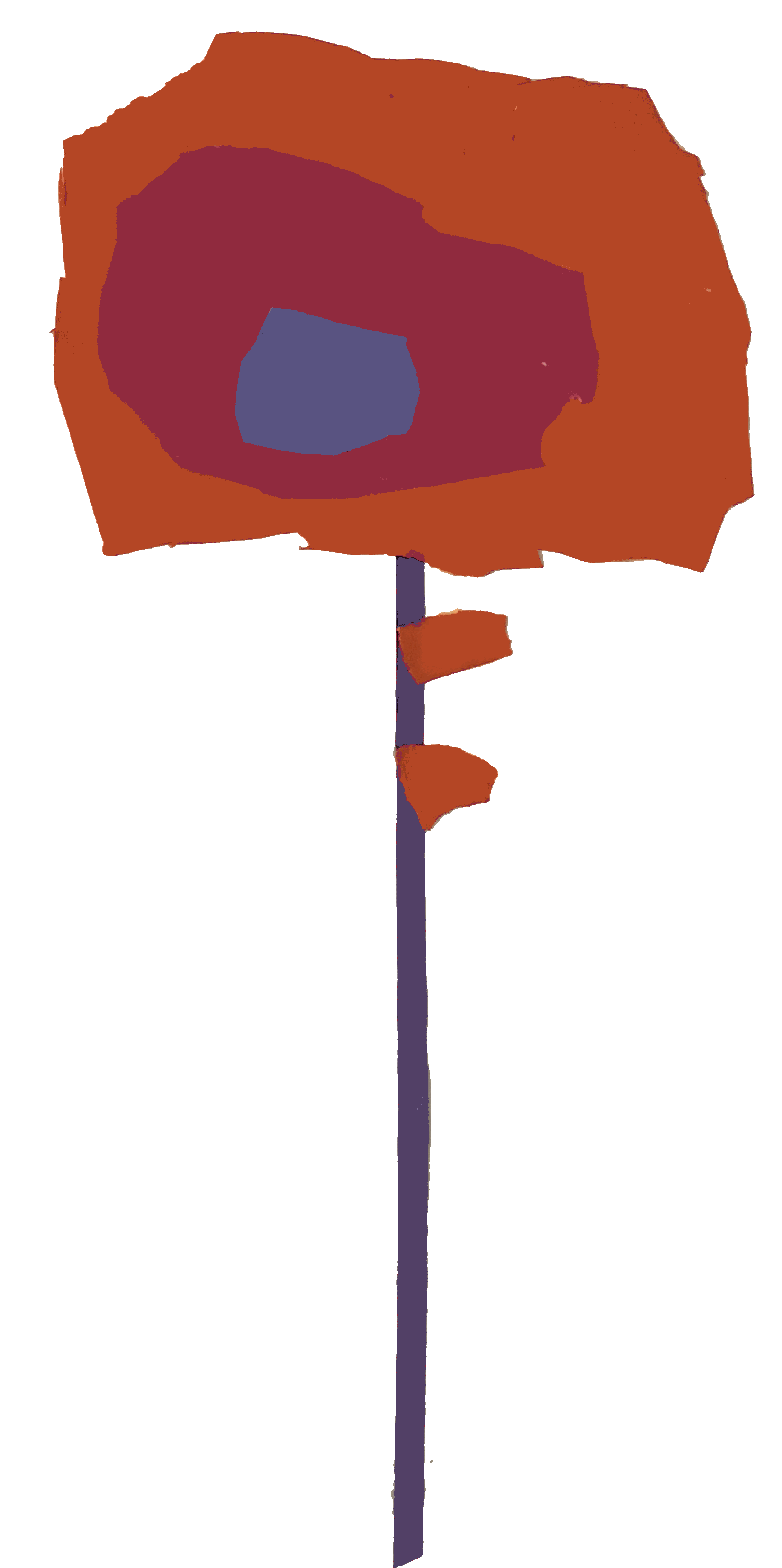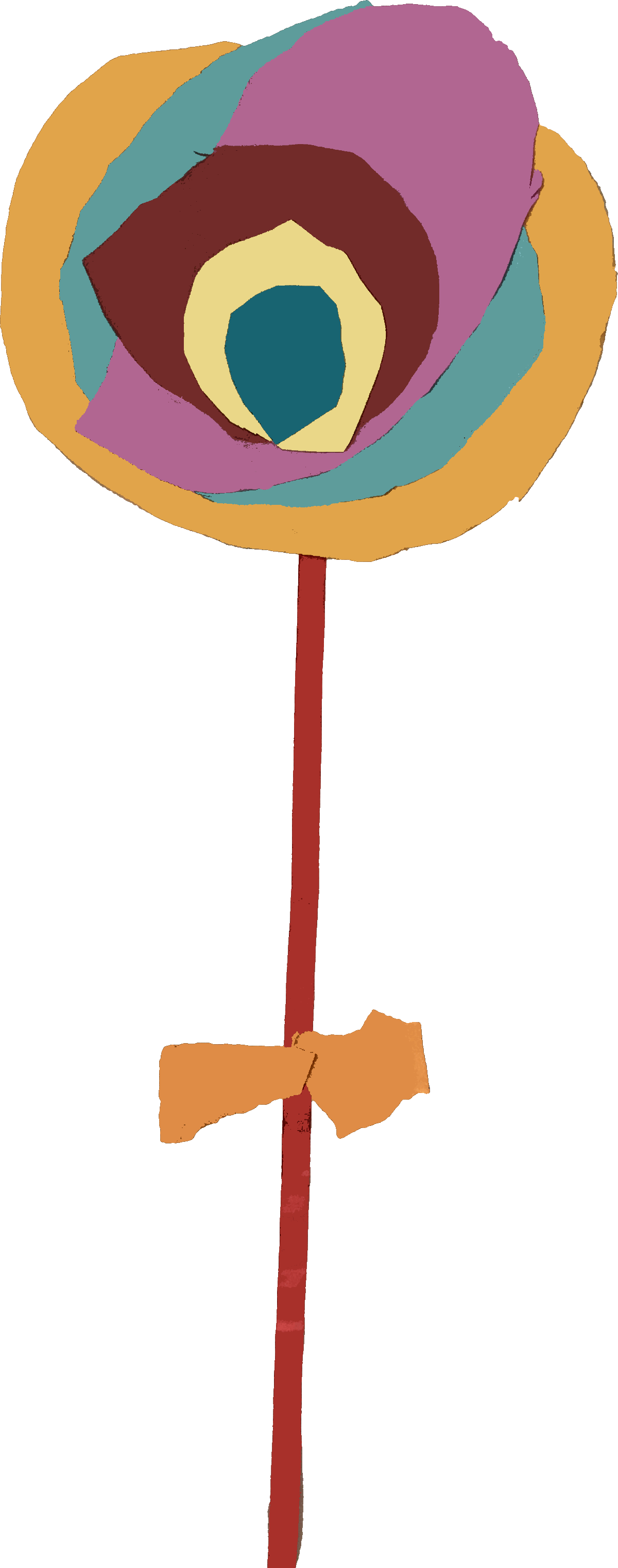Chelsea Day School










Written by: Mariette Lamson - Head 2's Teacher and Valerie Baez - Associate 2's Teacher
Over the last two weeks, children have been moving through our routines with increasing independence. Our classroom routines give structure to our daily activities and support the emerging sense of autonomy in the development of 2 and 3-year-olds. Completing a routine independently helps children to feel secure and in control in the classroom as they learn that they have the ability to take care of themselves and their materials without always needing help from grown-ups. As they learn these routines, they are growing important developmental skills including verbalizing their needs by asking for help and controlling their impulses by following through with a routine before moving onto the next activity.



As children become independent with clearly established routines and expectations, we notice them feeling proud, powerful, and safe to experiment in the classroom’s predictable environment. This sense of safety is essential in the children’s ability to fully attend to classroom activities and feel successful in their work, play, and interactions.









After following our morning routine by moving their pictures from “home” to school,” putting their things in their cubbies and saying a clear “goodbye!” to their grown-ups, children feel safe and comfortable. They are now able to focus intently on their work!
Snack Time is another part of our day when children follow a structured routine that allows for growing independence.




Problem-solving routines provide structure and a sense of safety during the children’s time at school. When problems arise, as they often do in a room full of eleven 2 and 3-year-olds, we help the children work through the steps of a problem-solving routine.
Two of our most common problem solving routines include...
We practice taking turns all the time!






With this practice, taking turns becomes a more natural and accepted solution in moments of conflict.
Children need to practice this problem-solving language and behavior again and again before they are able to use their words instead of their bodies in moments of conflict. We encourage you to use these routines and language at home!


Children used problem-solving language to resolve conflicts during play in the Big Room.
Songs and rhymes play an important role in our routines. We sing our “clean up song” while we clean up, helping everyone stay on-task. We sing and move to familiar songs before transitions, helping the children settle into a cohesive group. Our “Good morning” and “Good bye” songs mark the beginning and ending of our days together.